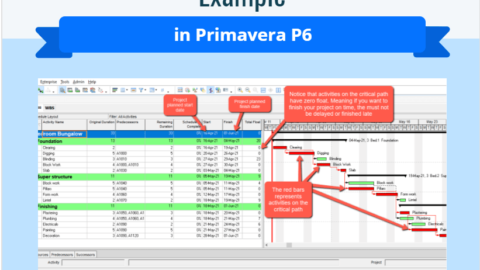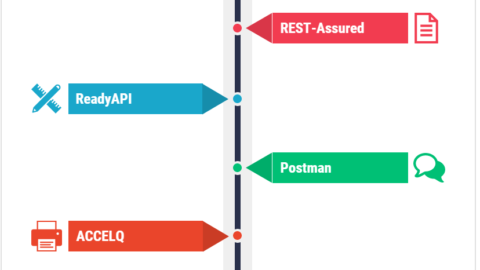Mistakes to avoid when creating your robots.txt file
Robots.txt is a powerful tool that many website owners use to control how their website is crawled and indexed by search engines. Understanding the basics of robots.txt is important to ensure your website is correctly optimized for search engine rankings. In this blog, we’ll discuss the most common mistakes made when creating a robots.txt file, so you can make sure your website is indexed correctly and your content is secure. Keep reading to learn more about what is a robots txt file. So, how to avoid robots.txt file mistakes?
Table of Contents
What is a robots.txt file?
A robots.txt file is a text file that instructs web crawlers. Or search engine robots, how to crawl or index a website. The robots.txt file is part of the Robots Exclusion Protocol (REP). It is a standard used by websites to communicate with web robots, also known as spiders or crawlers. The robots.txt file is often used to prevent search engines from indexing certain pages on a website, such as administrative pages. Let’s check out common mistakes when creating your robots.txt file.

When a web crawler visits a website, it typically looks for the robots.txt file in the website’s root directory. The crawler may crawl the entire website if the file does not exist. However, if the robots.txt file exists, the crawler will read the file and follow the instructions. This is the robots exclusion standard or robots.txt protocol.
The robots.txt file consists of the user-agent and the disallow directive. The user agent is the name of the web crawler that is in address when creating your robots.txt file. The disallow directive is the list of pages or directories that the crawler should not access.
A computer software that interacts with websites and apps automatically refers to a bot. A web crawler bot is an example of an excellent bot. There are good bots and terrible bots. These “crawl” bots index material on websites so that it might appear in search engine results. A robots.txt file controls the actions of these web crawlers to prevent overloading the server that hosts the website or indexing sites that are not for public viewing.
What are some common mistakes to avoid when creating your robots.txt file?
When it comes to SEO, creating a robots.txt file can be a critical part of optimizing your website for search engines. A robots.txt file is a text file that tells search engine crawlers which pages and files they can and cannot access on your website. It’s essential that you get your robots.txt file right. As it can have an impact on how your website is indexed and ranked by search engines. Unfortunately, we can see several common mistakes when creating a robots.txt file.
Here are some errors to avoid:
- Not using the correct syntax. Robots.txt files must follow a specific syntax to be effective. If you make any mistakes in the syntax, it could result in your robots.txt file can go mising. Because search engine crawlers might ignore it. So, double-check your robots.txt file to make sure it’s using the correct syntax.
- Blocking all access when creating robots.txt file. It’s important to remember that a robots.txt file works for blocking access to certain parts of your website, not all of it. If you block all access, it will prevent search engine crawlers from indexing any of your pages, leading to your website not appearing in search results.
- Not including a sitemap. Including a sitemap in your robots.txt file is essential. A sitemap will provide search engine crawlers with a list of all the pages on your website. It is allowing them to index your pages more efficiently.
- Not blocking unnecessary pages. It’s essential to ensure you’re blocking access to any pages that don’t need indexing by search engines. This includes login, admin, and other pages that don’t provide any value to the user.
- Not testing your robots.txt file. Once you’ve created your robots.txt file, it’s important to test it to ensure it’s working properly. Many online tools can be useful to test your robots.txt file. So make sure you use one of these tools before you submit your robots.txt file to search engines.
Using and creating the robots.txt file is an effective way to control how search engines crawl and index your website. By properly configuring the robots.txt file, you can ensure that only the pages you want to be indexed are indexed. While the other pages remain hidden from search engine results.

Vice President, İntelligent Design & Consultancy Ltd
Over 12 years of global & rich experience in Portfolio & Program Delivery Management in leading & managing IT Governance, PMO, IT Portfolio/Program, IT Products, IT service delivery management, Budget Management, and more.










